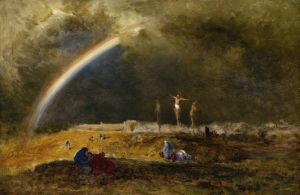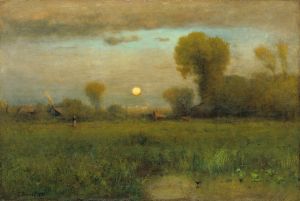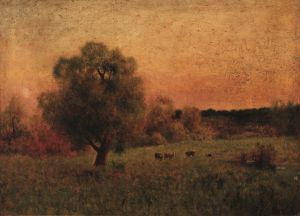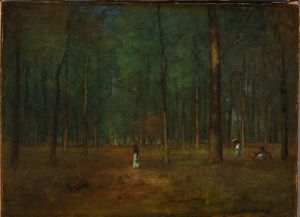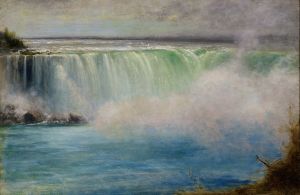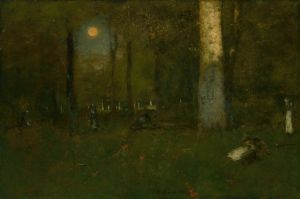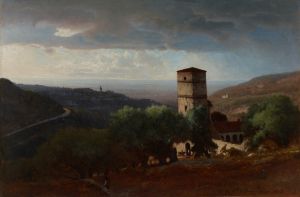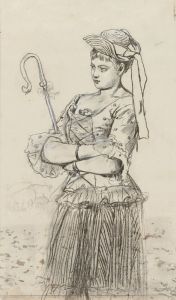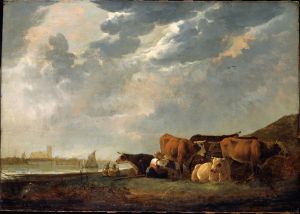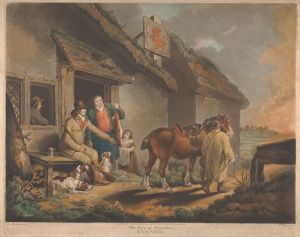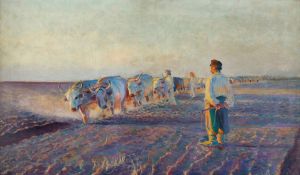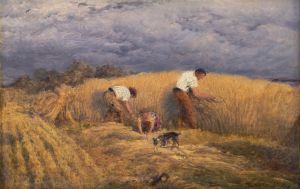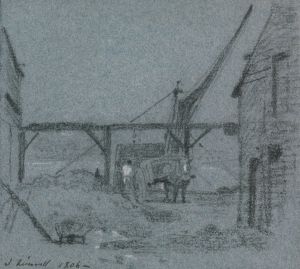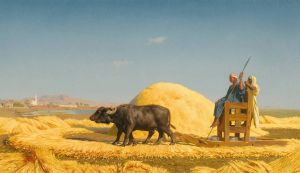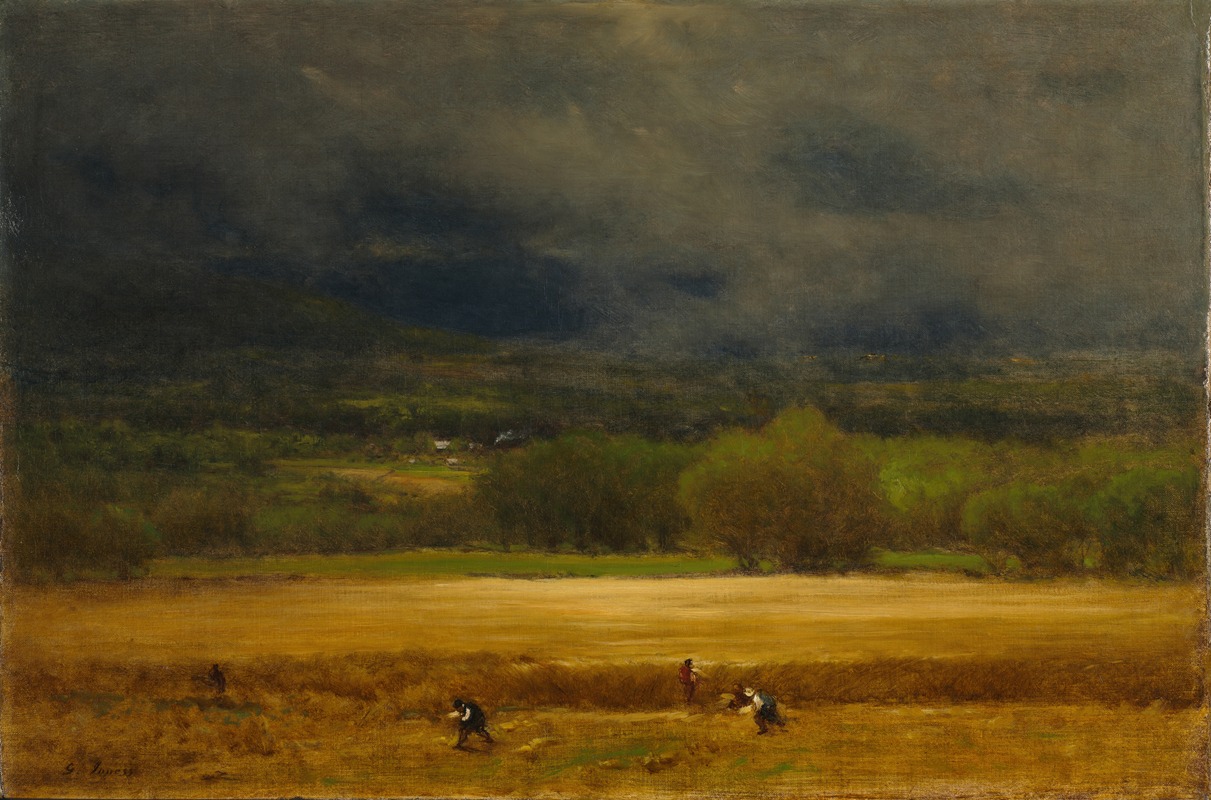
The Wheat Field
A hand-painted replica of George Inness’s masterpiece The Wheat Field, meticulously crafted by professional artists to capture the true essence of the original. Each piece is created with museum-quality canvas and rare mineral pigments, carefully painted by experienced artists with delicate brushstrokes and rich, layered colors to perfectly recreate the texture of the original artwork. Unlike machine-printed reproductions, this hand-painted version brings the painting to life, infused with the artist’s emotions and skill in every stroke. Whether for personal collection or home decoration, it instantly elevates the artistic atmosphere of any space.
"The Wheat Field" is a painting by the American artist George Inness, completed in 1860. Inness is widely regarded as one of the most influential American landscape painters of the 19th century, and he played a significant role in the development of the Tonalist movement. His work is characterized by its atmospheric effects and a focus on mood and emotion rather than precise detail.
"The Wheat Field" exemplifies Inness's mature style, which often involved the use of soft, diffused light and a harmonious color palette to evoke a sense of tranquility and contemplation. This painting depicts a serene rural scene, with a field of wheat as its central subject. The composition is balanced, with the wheat field occupying the foreground and middle ground, while a line of trees and a distant horizon complete the background. The sky is rendered in gentle hues, suggesting either early morning or late afternoon light, which bathes the landscape in a warm glow.
Inness's approach to landscape painting was deeply influenced by the French Barbizon School, which emphasized naturalism and the depiction of rural life. He was also inspired by the works of European masters such as Claude Lorrain and John Constable. However, Inness's work is distinct in its spiritual undertones, reflecting his interest in the philosophical and religious ideas of Emanuel Swedenborg, a Swedish theologian and mystic. Inness believed that art should convey a sense of the divine presence in nature, and "The Wheat Field" can be seen as an expression of this belief.
The painting is notable for its use of color and light to create a sense of depth and atmosphere. Inness employed a technique known as "scumbling," which involves applying a thin layer of opaque or semi-opaque paint over a dry underlayer, allowing the colors to blend softly and creating a luminous effect. This technique contributes to the painting's overall sense of harmony and unity.
"The Wheat Field" is part of the collection at the Metropolitan Museum of Art in New York City, where it is appreciated for its artistic and historical significance. The painting is an excellent example of Inness's ability to transform a simple rural scene into a profound meditation on nature and the human experience.
Inness's work, including "The Wheat Field," had a lasting impact on American art, influencing subsequent generations of landscape painters. His emphasis on mood and emotion over precise representation paved the way for later movements such as Impressionism and Modernism. Today, George Inness is celebrated as a master of American landscape painting, and "The Wheat Field" remains a testament to his skill and vision.





